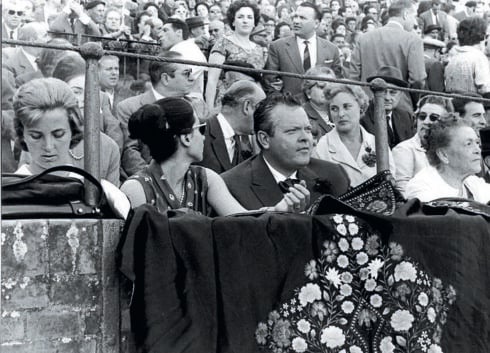By Livia Cockerell
FOLLOWING a two year delay, the ancient festival of Romeria del Rocio has returned to Andalucia in Spain.
Before the pandemic, the religious pilgrimage had taken place each year for centuries on Pentecost Monday, but Covid put a halt to the popular festivities for two years.
Tens of thousands of pilgrims, on foot and on horseback, accompanied the effigy of the virgin through the streets to the small village of El Rocio.

Legend has it that many centuries ago the statue of the virgin was found in a hollowed-out tree trunk in Almonte. Ever since, people have been devoted to the procession of the virgin along with the colourful costumes, lively music, food, drink and joyous atmosphere. This year was no different.
Despite a structural issue with the Blanca Paloma (the large float that carries the virgin), the religious statue finally arrived at the Hermitage of El Rocio in Almonte (Huelva).
Pilgrims come from throughout Andalucia and typically travel for one to seven days beforehand, either on foot, on horseback or in horse-drawn carriages, generally sleeping outdoors. Many count the journey as the most important part of the pilgrimage.

Pilgrims traditionally wear a costume called traje corto consisting of striped pants, a short jacket, braces, leather chaps, a wide brimmed cordoba hat and riding boots.
Women wear a costume called traje de faralaes usually consisting of a flowing dress with polka dots and ruffles, a fringed shawl and bracelets, loop earrings and flowers worn in the hair.
READ MORE:
- Belinda Beckett raises a toast to the sherry merry month of May in Spain, with its free-flowing booze and…
- The dark side of El Rocio
- Why a village in Spain’s Galicia is about to be invaded by marauding vikings
Click here to read more News from The Olive Press.








